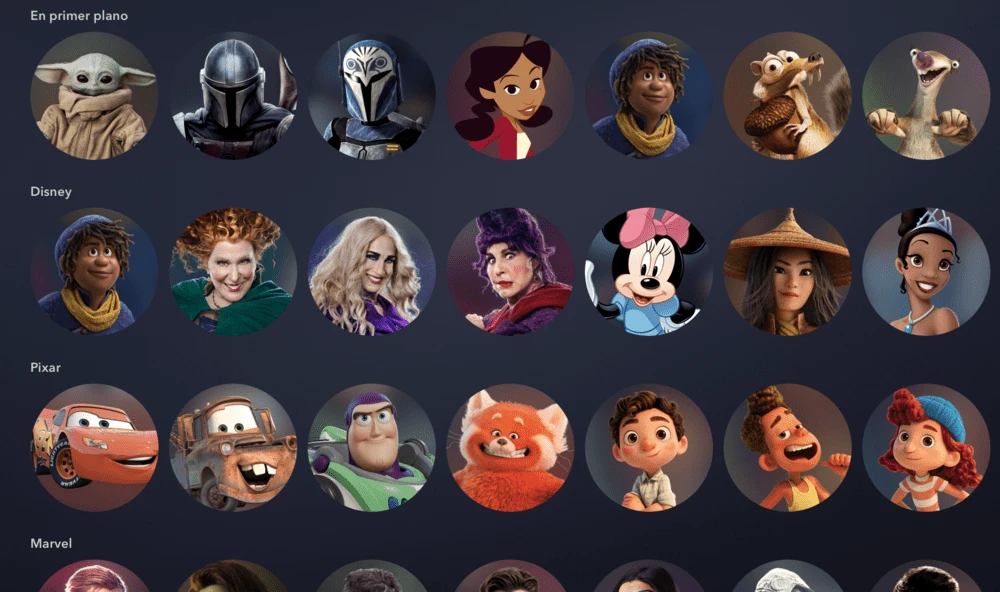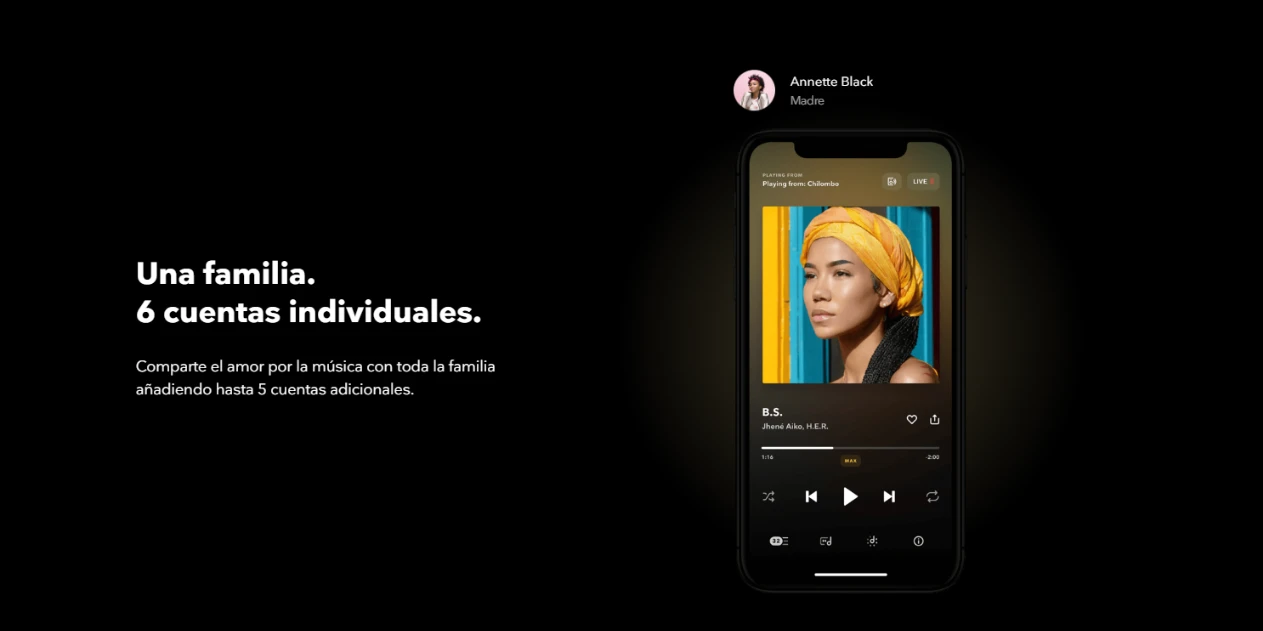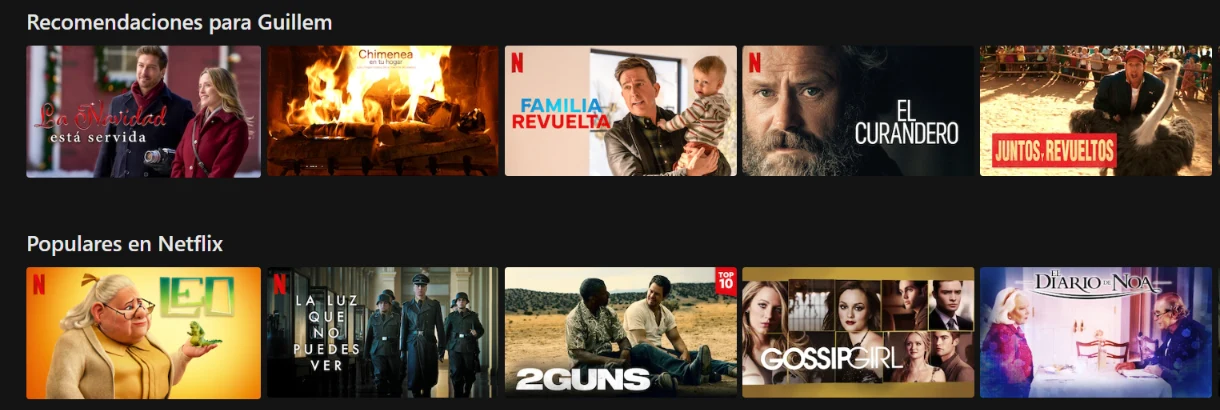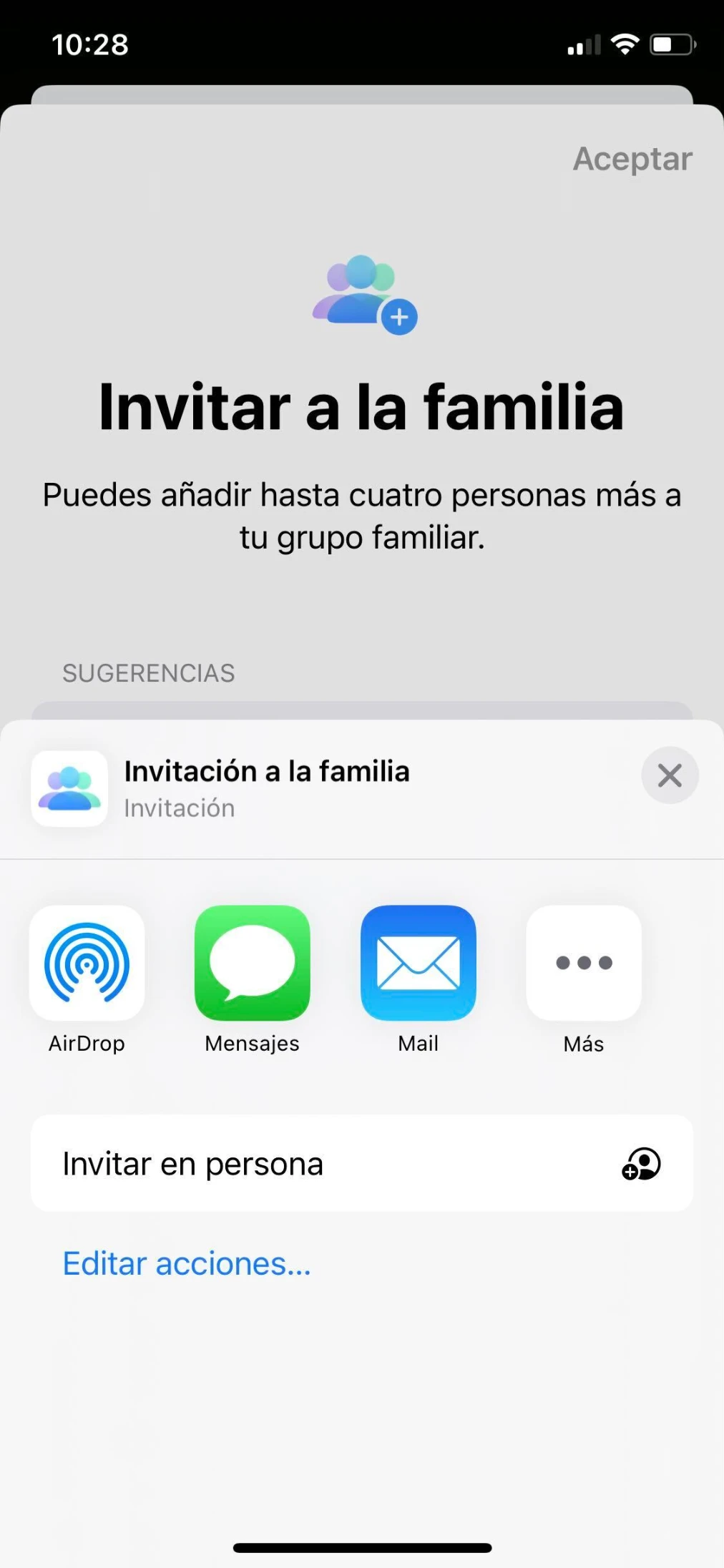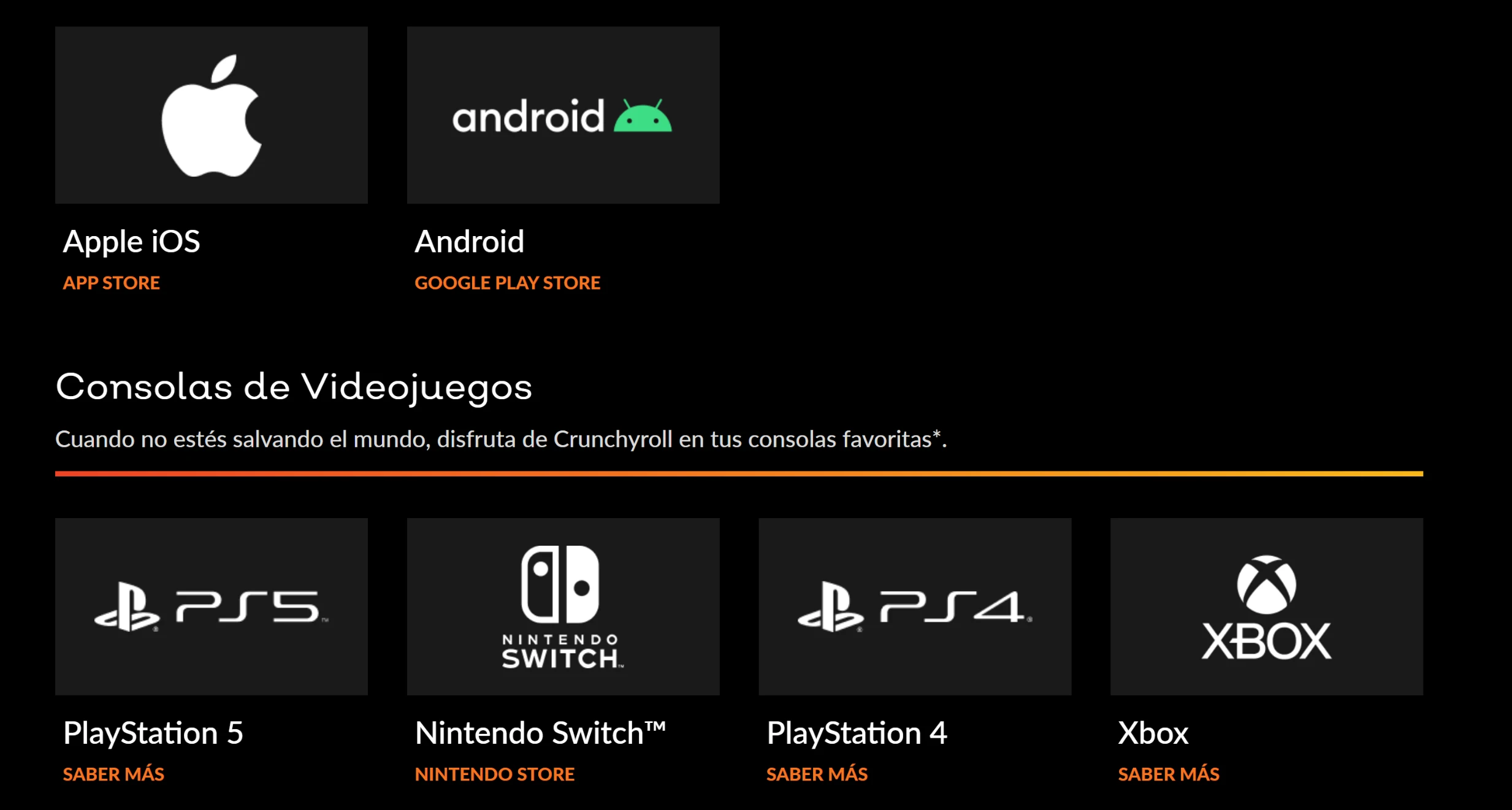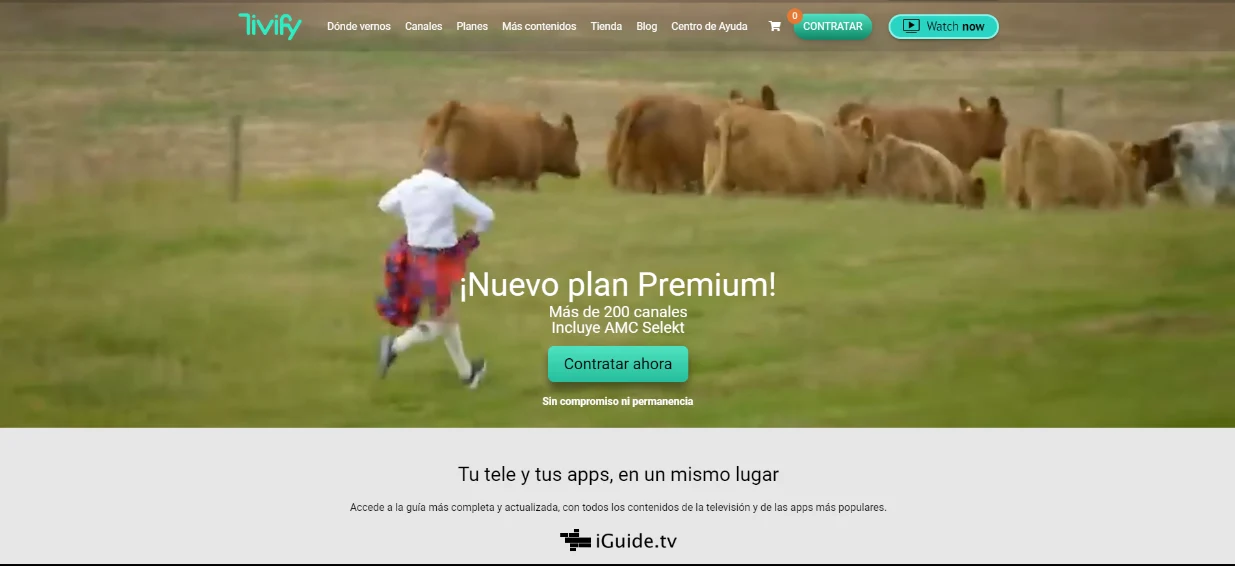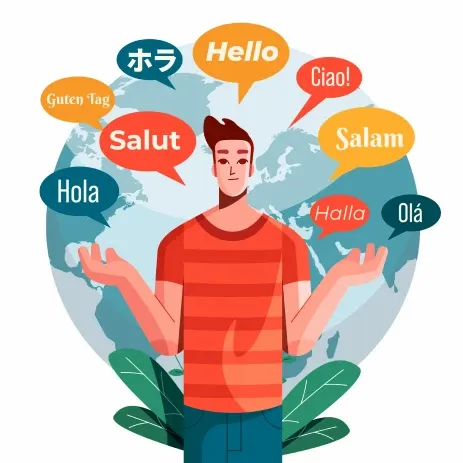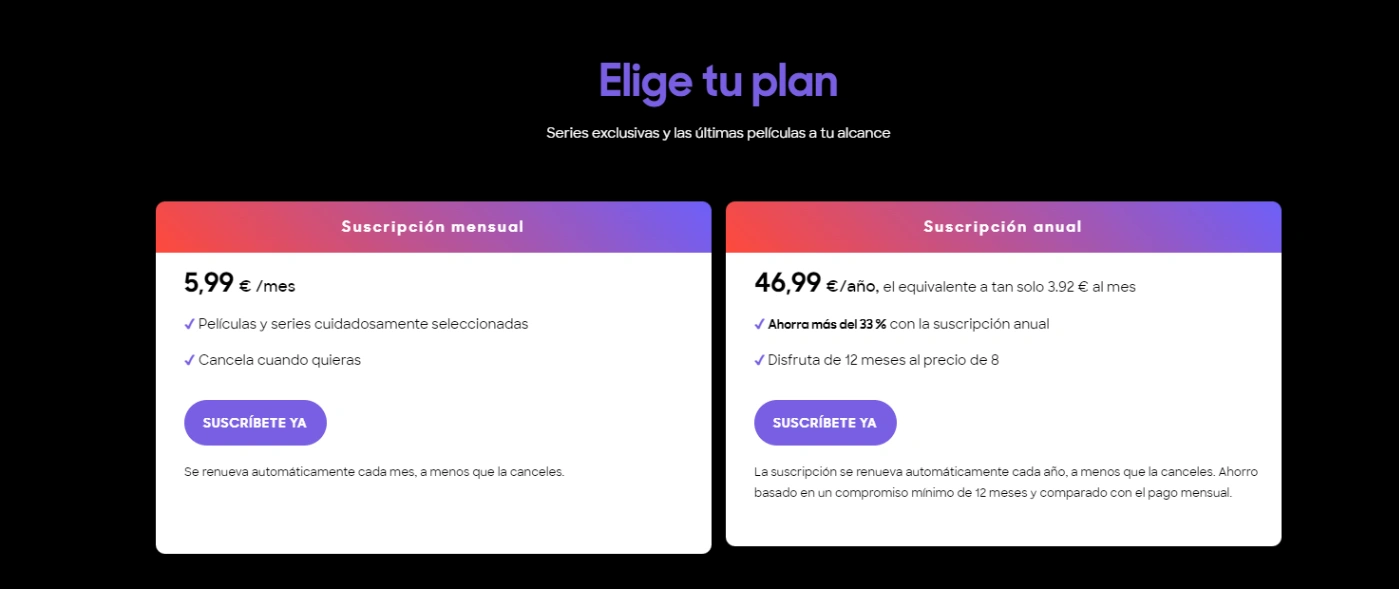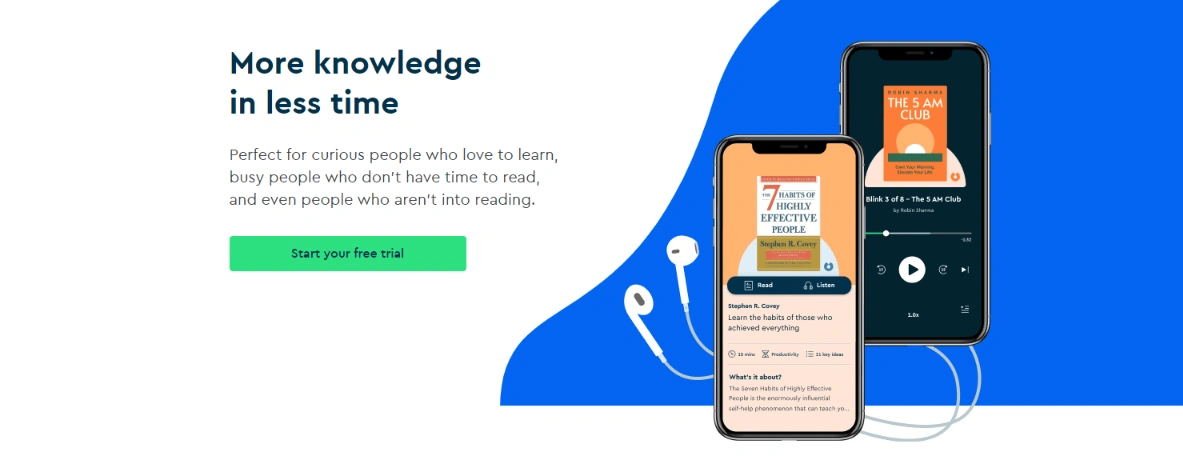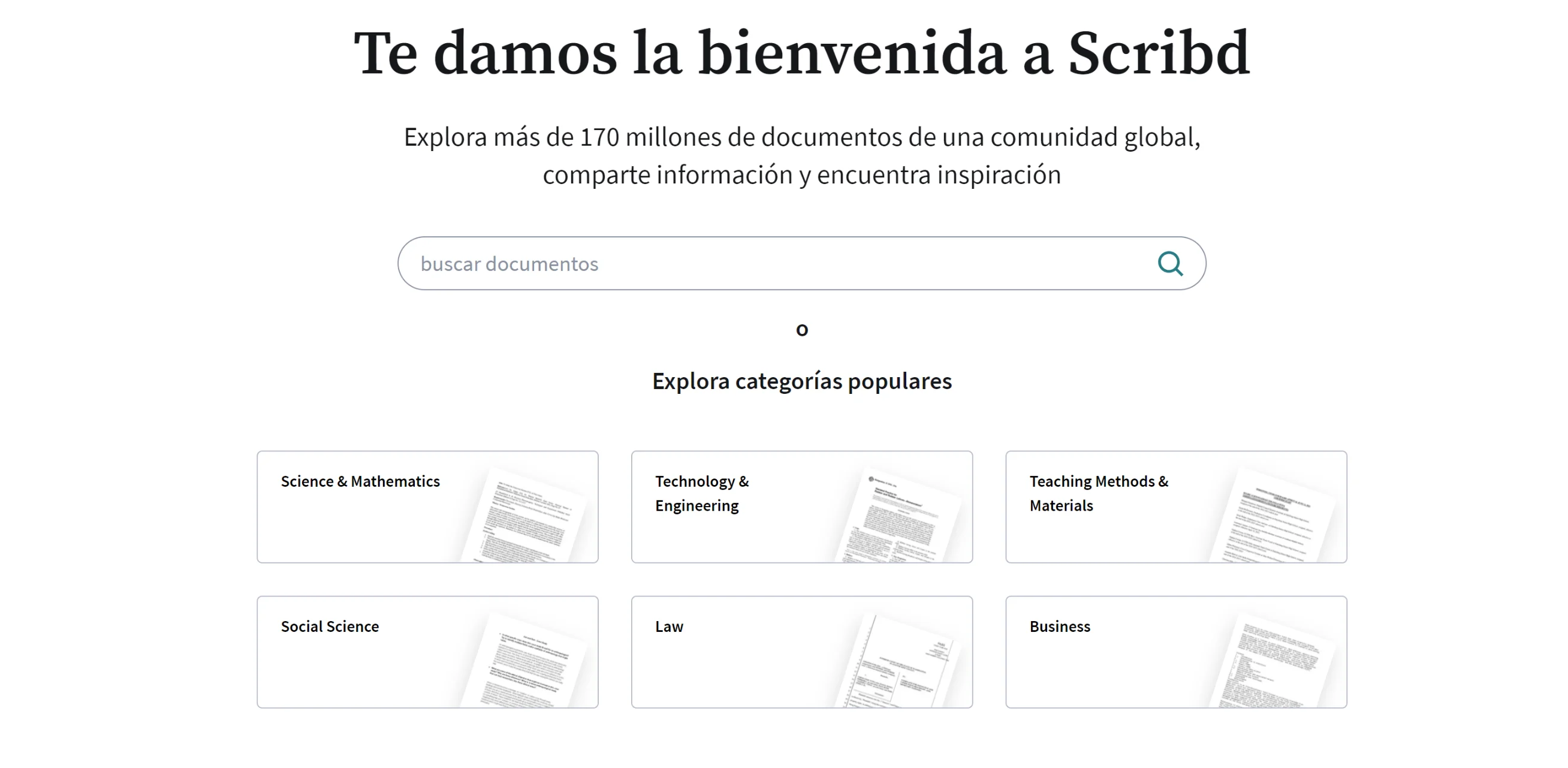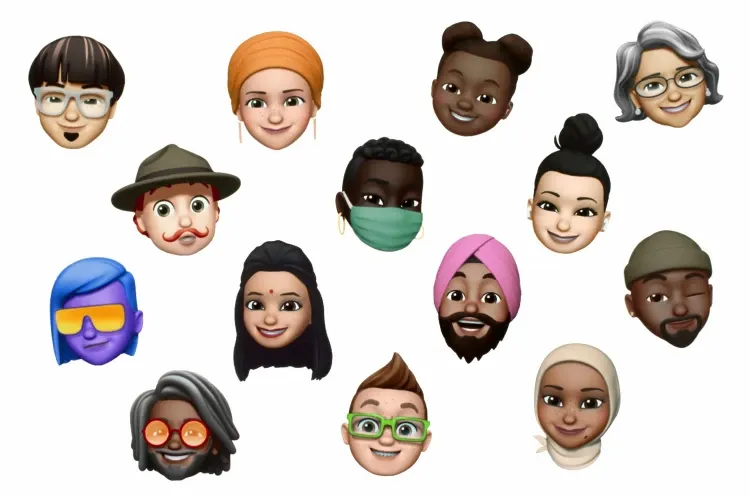Best ways to learn languages
Discover the best ways to learn languages effectively and enjoyably.

It's always good to know more than one language. Not only does it allow you to communicate better with people from different cultures, but it also opens doors in the job market and gives you the opportunity to discover new ways of seeing the world. Fortunately, nowadays there are several ways to learn languages in an easy and fun way. In this article, I will present some of the best options available. Get ready to improve your language skills!
Platforms for learning languages
One of the most popular ways to learn a language is through online educational platforms. These platforms offer a wide variety of courses and resources to help you master a new language. From mobile apps to interactive websites, there's something for everyone's tastes and needs.
One of the best-known platforms is Duolingo. This website and mobile app allow you to learn several languages for free. With interactive and fun exercises, you can improve your vocabulary, grammar, and conversation skills. Additionally, now you can share a Duolingo Plus subscription with friends or family members, which allows you access to premium content at no extra cost.
Another popular option is Lingokids. This platform focuses on language learning for children, using games and interactive activities to make the process fun and stimulating. However, it's also suitable for adults who want to learn a new language in a playful way. Just like with Duolingo Plus, you can share a Lingokids subscription with others, allowing you to save money while learning a new language.
In addition to these two popular platforms, there are many other options available for those who wish to learn a new language. For example, Rosetta Stone is a language learning platform that has been used for years and has proven to be effective for many people. It offers courses in several languages and uses an immersive methodology to help you develop. in a natural way.
If you are interested in learning specific languages, there are also specialized platforms that focus on a single language. For example, Babbel is a platform that focuses on learning European languages, such as English, French, and German. It offers interactive lessons and conversation practice to help you become fluent in the language of your choice.
In addition to online platforms, you can also consider taking face-to-face classes. Many schools and language centers offer courses for all levels, from beginners to advanced. These classes are usually taught by native speakers of the language, giving you the opportunity to practice your conversation skills and receive real-time feedback.
Sharing Duolingo Plus subscription
As mentioned earlier, sharing a Duolingo Plus subscription is a great way to learn a new language without spending a lot of money. With this option, you and your loved ones can access Duolingo's premium content without having to purchase individual subscriptions. In addition to additional features, such as offline access and progress tracking, sharing a subscription also encourages team learning and gives you the opportunity to practice and help each other.
Learning a new language is an exciting and enriching experience. Not only does it allow you to communicate with people from different cultures, but it also expands your mind and gives you a broader perspective of the world. With Duolingo Plus, you can take your learning to the next level and make the most of your study time.
Imagine being able to practice the language you are learning at any time and anywhere. With the offline access option of Duolingo Plus, you can download lessons and exercises to study when you do not have internet connection. This means that you can take advantage of those waiting times in public transportation or in a waiting room to continue learning and improve your language skills.
In addition to offline access, Duolingo Plus also offers more detailed progress tracking. You will be able to see your statistics and your evolution. Over time, this will help you identify your strengths and weaknesses. With this information, you can focus your efforts on the areas you need to improve and measure your progress more accurately.
Sharing a Duolingo Plus subscription with your loved ones also has additional benefits. You can create a team learning environment, where everyone supports each other and motivates each other to keep going. You can organize joint study sessions, practice conversations in the language you are learning, and solve doubts together. This collaboration will not only strengthen your bonds as a family or friends but also accelerate your progress in language learning.
Sharing Lingokids
Just like with Duolingo Plus, sharing a Lingokids subscription is an efficient and economical way to learn a language together with friends or family. You can split the cost and make the most of the resources available on the platform. Also, by studying together, you can motivate each other and share your learning experiences.
Imagine that you share a Lingokids subscription with your brother and your best friend. Each of you can create your own profile on the platform and access all the lessons and activities available. This means that you can practice the language individually and adapted to your needs.
One of the advantages of sharing Lingokids is that you can set joint goals and challenges. For example, you could agree to study a new lesson each week and then meet to practice what you've learned. This will allow you to stay motivated and committed to your learning.
In addition, sharing Lingokids gives you the opportunity to carry out group activities. You can organize game sessions where you practice the language in a fun and competitive way. For example, you could have a vocabulary contest or play guessing words in the language you are learning. These activities will not only strengthen your command of the language but also allow you to create shared memories and experiences.
Another advantage of sharing Lingokids is that you can exchange tips and learning tricks. Each of you may have different strengths and weaknesses in the language, so sharing your study strategies can be very beneficial. You can recommend additional resources, such as books or movies, that have helped you in your learning. In this way, you will be enriching your learning experience and making the most of the shared subscription.
The benefits of language exchange
In addition to using online platforms, language exchange is a great way to practice and improve your language skills. This activity involves meeting with other people who speak the language you want to learn and helping each other. For example, if you want to learn English, you can find someone who wants to learn your native language and establish a friendship where both help each other improve.
Language exchange not only gives you the opportunity to practice in a real environment but also allows you to immerse yourself in the other person's culture. You can learn idiomatic expressions, idioms, and cultural aspects that are not taught in textbooks. Also, by establishing relationships with people from different cultures, you will broaden your perspective and have the opportunity to make new friends all over the world.
To illustrate the benefits of language exchange, let's consider the case of Ana, a Spanish student who decided to participate in a language exchange with a native English speaker named John. Every week, Ana and John would meet at a cafe to practice both languages. During these sessions, Ana not only improved her pronunciation and fluency in English but also learned about American traditions and customs as John shared his personal experiences. Similarly, Ana shared with John cultural aspects of her country, such as typical food and traditional festivities. This enriching experience not only allowed them to improve their language skills but also created a lasting friendship and meaningful cultural connection.
Another benefit of language exchange is the possibility of exploring different accents and dialects. For example, if you are learning Spanish, you can practice with native speakers from Spain, Mexico, Argentina or any other Spanish-speaking country. Each region has its own accent and idioms, which gives you the opportunity to familiarize yourself with linguistic variations and adapt to different ways of speaking the language.










































































